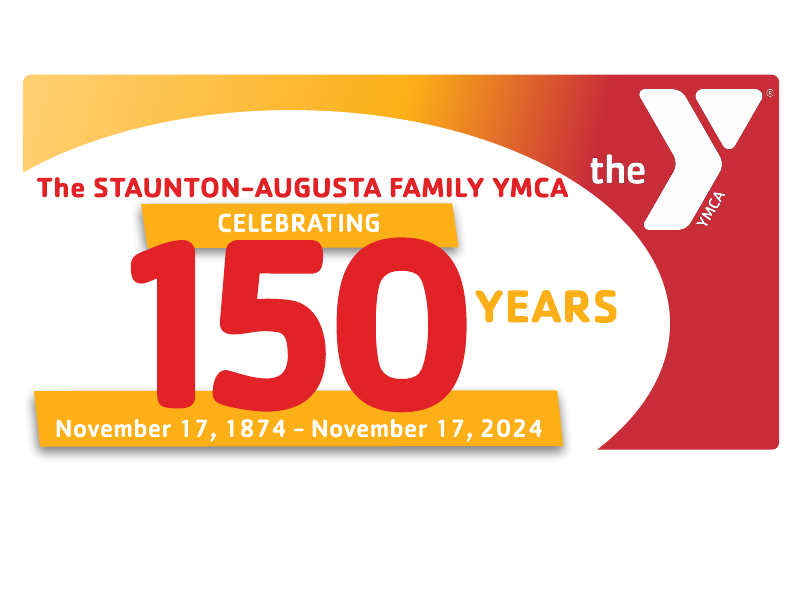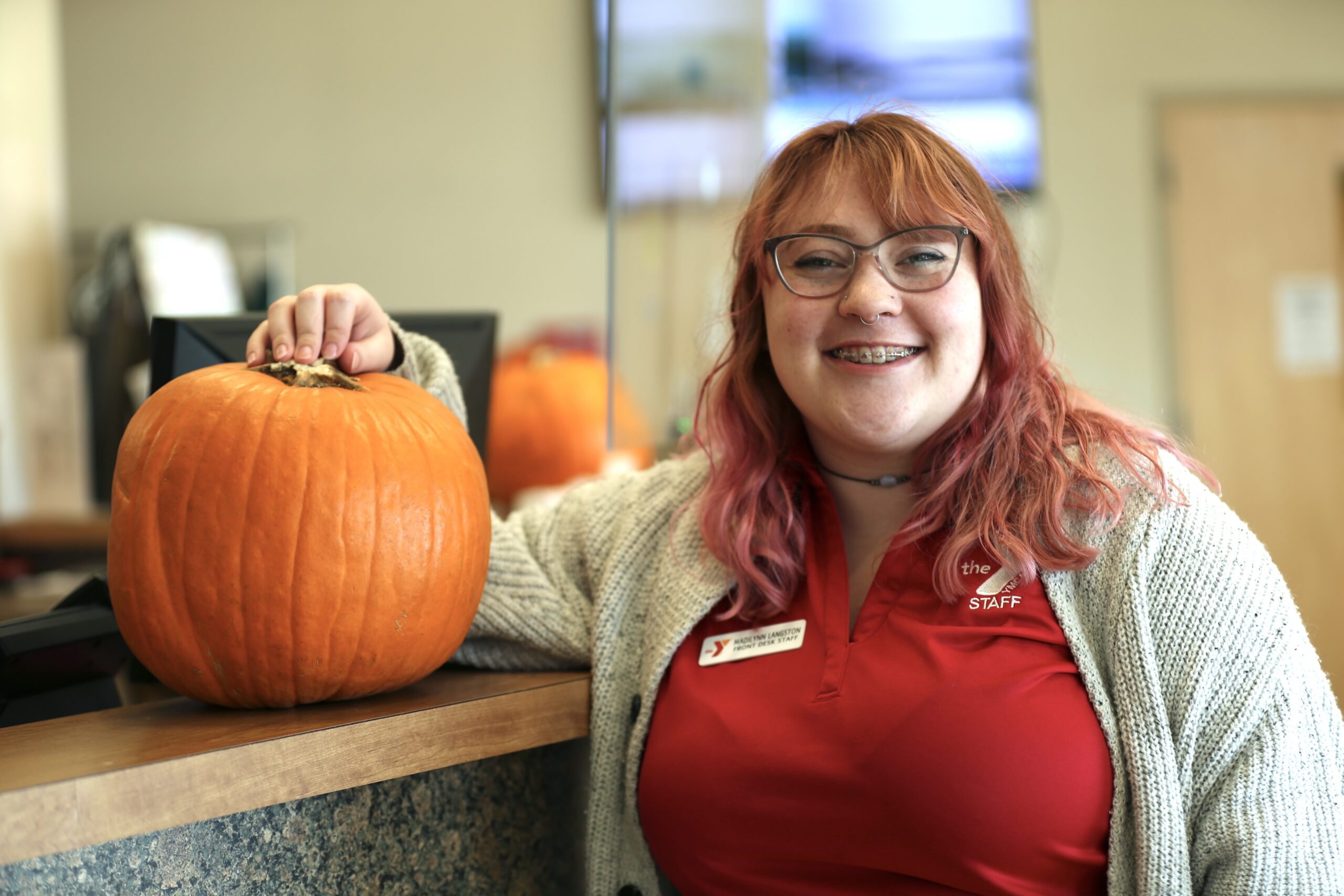Diabetes Dialogue
World Diabetes Day, November 14, is an opportunity to join other YMCA members in raising awareness of the chronic disease that affects nearly 537 million people around the globe. Many community programs and organizations can connect people with support systems and help reduce the risk of complications of type 1 and type 2 diabetes.
Learn more:
International Diabetes Federation:
idf.org
American Diabetes Association:
diabetes.org
CDC Diabetes Information:
cdc.gov/diabetes
Ongoing education, advocacy highlighted
By Dawn Medley
Madilynn Langston remembers wanting cookies. They were vanilla sandwich cookies. Not the name-brand kind, but that didn’t matter. She was just a typical 5-year-old.
That is, a typical 5-year-old who was in the hospital being evaluated for what her family suspected was diabetes.
“My grandmother is a type 2 diabetic. When she noticed that I was always dehydrated, she recognized that I needed to be checked out,” explained Langston, who joined the STAUNTON-AUGUSTA FAMILY YMCA team this fall, working at the front desk and in the wellness center.
Characterized by dips and spikes in blood sugar that result from a lack of the hormone insulin, the American Diabetes Association estimates that the chronic disease affects about 1 in 10 adults in the United States. With approximately 4,500 members aged 18 and older, that means that around 450 adults on the SAYMCA roster could have diabetes.
Now 21, Langston has been living with her type 1 diabetes diagnosis for 16 years. Since the condition was identified when she was young, she doesn’t really stop to take note of how her lifestyle and diet are different from others’ anymore. Paying attention to her body’s signals and managing her blood sugar are part of her daily routine.
“In some ways, I think it’s easier because I was diagnosed at a young age. I don’t really miss or long for certain foods as much as someone who might have had to dramatically change their diet due to their diagnosis,” she said.
But that does not mean that there haven’t been challenges along the way.
Before she learned more about how to use diet and exercise to live healthy with diabetes, Langston experienced a few bouts of ketoacidosis as a child. A potentially life-threatening diabetes-related condition where high levels of ketones can poison the body, ketoacidosis is more common in type 1 diabetics, since they do not produce any insulin at all.
Type 2 diabetes is the most common form of diabetes. In type 1, the body can produce insulin, but doesn’t use it properly or effectively to regulate blood glucose levels. Of the approximately 37 million children and adults in the U.S. who have diabetes, about 35 million are type 2 diabetics, according to the American Diabetes Association (ADA).
Although diabetes has no cure, prediabetes – characterized by blood glucose levels that are higher than normal but not yet high enough to be diagnosed as diabetes – can be reversed with diet and regular physical activity.
“Diabetes is not an easy fix, it’s something you need to manage for the rest of your life,” said Wendy Shutty, YMCA Fitness Director. “But we know that exercise helps, and the YMCA is absolutely a communal place for getting your body moving.”
Echoing guidelines from the ADA, Shutty explained that when you’re active, your cells become more sensitive to insulin so it works more effectively to control blood glucose. The key is finding activities you love and doing them as regularly. Regardless of fitness level, a little activity every day can help diabetics take charge of their lives.
“Not to mention, exercise just makes you feel better in general,” she said.
The SAYMCA has piloted a few diabetes education and training programs over the past several years, the most recent being a 12-week session called LEAN (Lifelong Essentials for Activity and Nutrition) in collaboration with the Waynesboro YMCA and Augusta Health in spring 2021. The Staunton Lions Club has supported diabetes prevention efforts at the Y through donation.
Although the Staunton-Augusta Y doesn’t have a formal diabetes care program running currently, organization leaders are open to suggestions about what might work for local members and address the needs of the community as a whole.
Langston – like many other members and employees – is happy to share her journey in hopes of helping the next person with diabetes who comes through the Y’s sliding glass doors. Recently, she was able to give personal insight during a CPR/First Aid Training class at the facility. “I feel like even the little pieces of experience that I have can help others,” Langston said. “Working at a health and wellness organization is an opportunity to share what diabetes is like in real life, and I can be a resource.”




